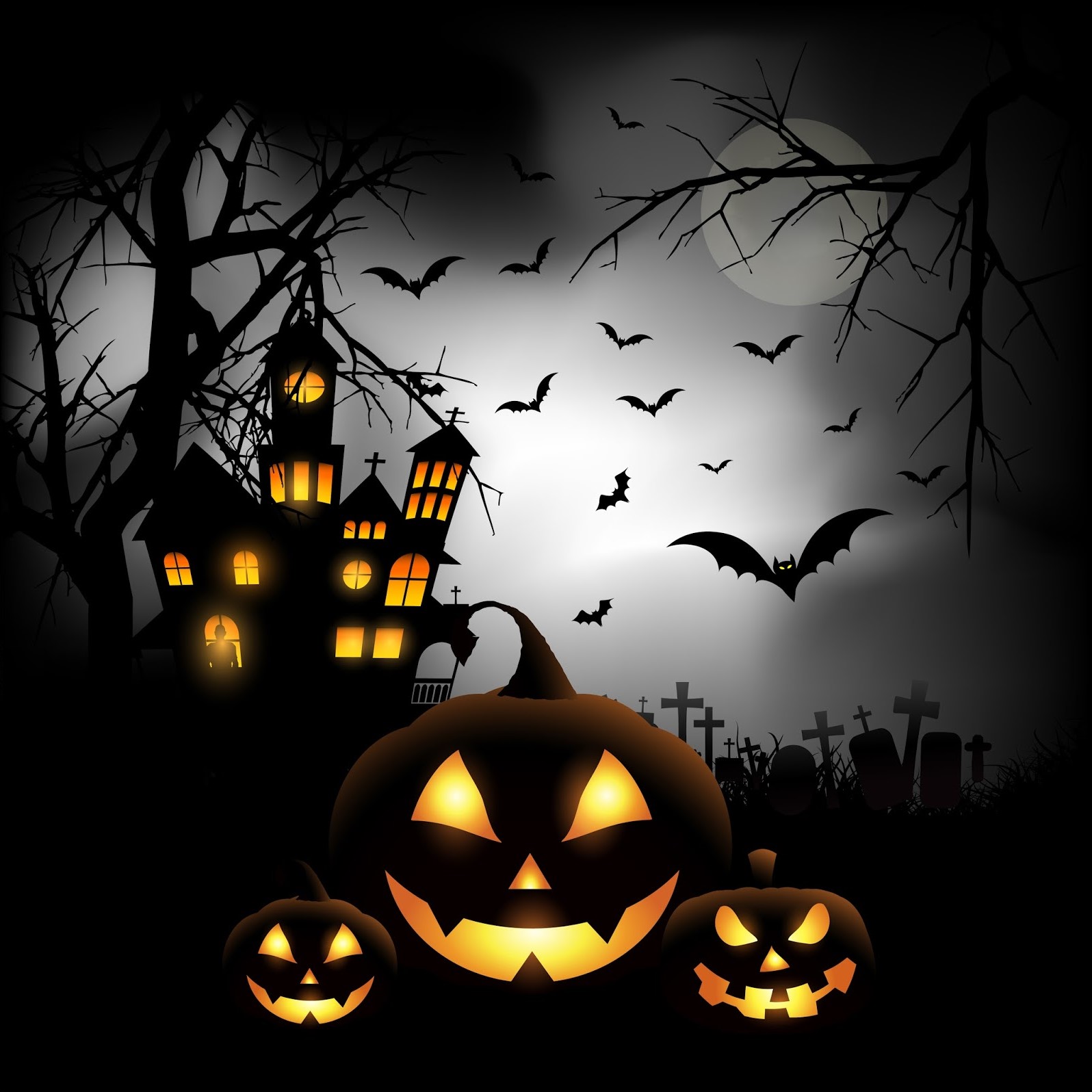The history of Halloween may not be as spooky as what many individuals might desire, but it sheds light on the holiday’s past. Halloween originated in Europe as a Christian holiday, but today people all over the world celebrate it regardless of their religious background. More specifically, it derived from the Celtic festival of Samhain, who lived thousands of years ago. Similarly to today, this festival took place at the end of summer and the beginning of winter, when the fall season bloomed. The swaying of the trees from the wind and the auburn colors of the leaves signified that harvest season was arriving—along with the feeling of death. The sudden weather change caused the Celts to believe this season was when “the boundary between the worlds of the living and the dead became blurred.” Harvests were said to not be as plentiful when spirits came around, as they would be damaging the crops and causing a ruckus to play tricks on the people. However, they believed that priests were able to better foresee the future with such beings around, and that this would bring comfort to the people. In hopes of surviving the winter, they built massive bonfires in which they sacrificed animals and crops to the deities. Celts would dress up in costumes made from animal skin to hide from the spirits around them when giving out sacrificial offerings.
The adaptation of Halloween began in the Roman ages with Pope Boniface IV when All Saints’ Day and All Souls Day became incorporated into the peoples’ culture. This happened because the Romans conquered land that originally belonged to the Celts, leading to the overlap of many festivals and traditions. However, rather than being on October 31, they fell on November 1 and November 2, respectively. These holidays were like those of the Celtics as bonfires were set up, except there were also people dressing up as saints, angels, and devils. However, as the holiday became more Christian-dominated, the festival that was originally created to hide people from the spirits of the dead became one that extolled them. Although the holiday was celebrated all over Europe, over time, the Irish, Scottish, and Northern English acclaimed these traditions. These people eventually migrated to the Americas and Canada, leading to the modernization of Halloween into the festivity we know it as today.
There are a multitude of traditions and mischief alike during Halloween that began long ago. These include people egging homes and committing various petty crimes. It becomes more serious with vandalism, to cope with problems such as the introduction of trick-or-treating. Children wear costumes and go door to door collecting sweets instead of threatening to perform tricks on unsuspecting homeowners. In the past, these treats were not necessarily candy, but could be gifts, money, fruit, and more.
Bobbing for apples, a common activity on this holiday, does not hold a scary background, but instead one of love. It was said to have originated from a Roman festival honoring the goddess Pomona and was a quite popular way of bringing young lovers together. Allegedly, bobbing for apples would determine if the couple were destined to be together. Another tradition was eating candied apples. Becoming a trend in the early 1900s, the candied apple was accidentally invented by a candy maker in New Jersey. Candy corn, another festive sweet, was also not intentionally created—it was originally used as chicken feed. Aside from treats, there is also a creature historically associated with Halloween: the bat. It was thought that Celts who lit bonfires attracted bats, causing superstitions over time of bats signifying death.
Trick-or-treating is the most notable activity on Halloween, in which children travel door to door in neighborhoods, obtaining treats from participating homeowners. However, the innocent motive of this holiday is tainted by the malice of some individuals. Throughout the past century there have been numerous cases of individuals giving out candy that contain poison or were purposefully contaminated with dangerous substances. Primarily, warnings of such acts involve suspicion of drugs that, with even a small dose, can kill a child unsuspectedly. Children who go trick-or-treating unaccompanied have an especially high risk of being kidnapped or harmed.
Here at Madison, the BooGram fundraiser has been running since October 3 this year. Students were able to purchase gifts containing candy for their peers.
